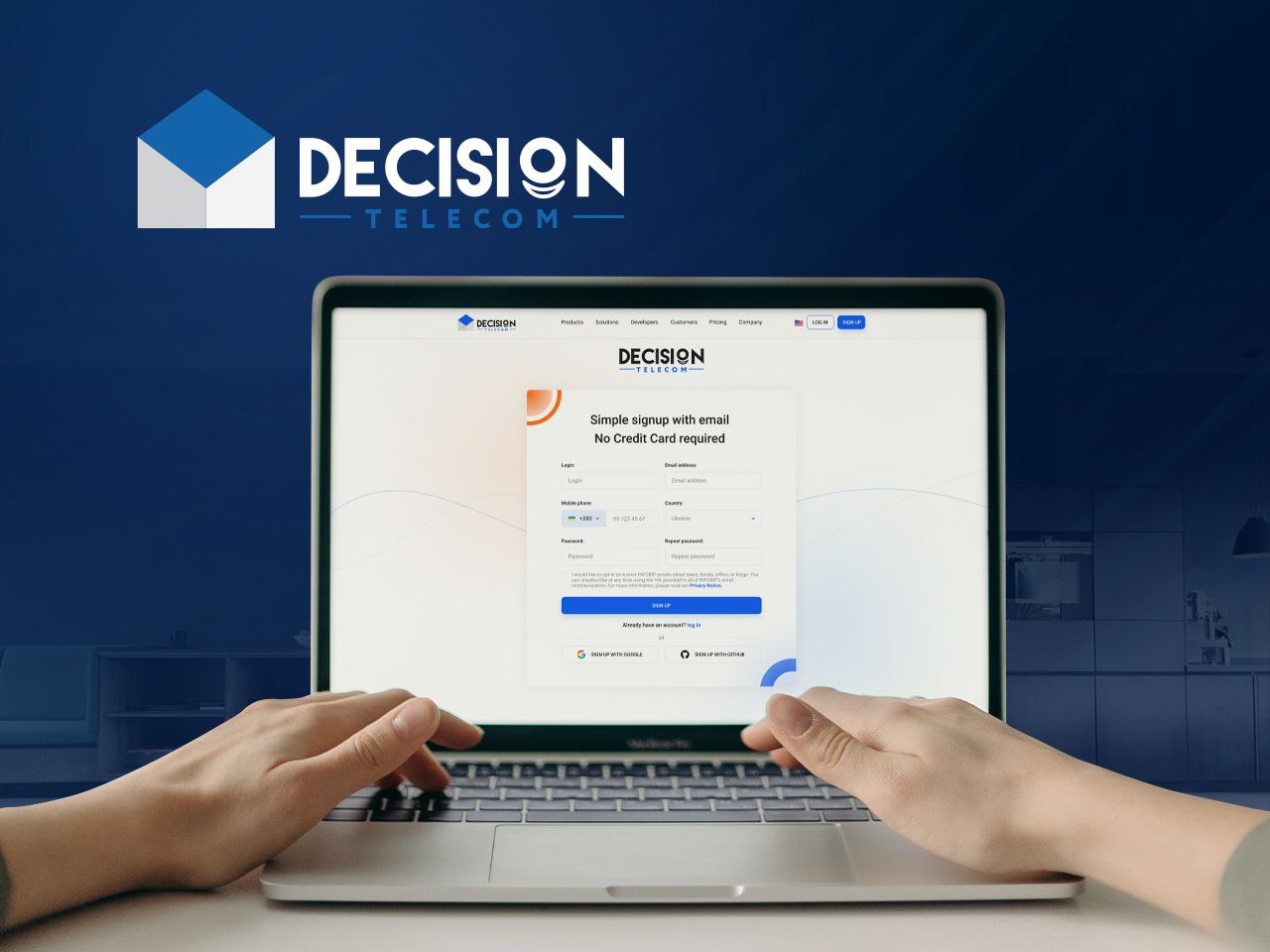
API mobile identification: a new step in protecting users' personal data
API mobile identification is a software interface that allows users to sign in to the app using credentials from other platforms or services, such as social media, Google, Apple, etc. This simplifies the process of registration and logging in to the app for users, as they can use the personal information they already have.
Although the technology is relatively new, it has been an important step in strengthening the protection of user data in mobile applications.
How the API mobile identification works
Such API requires two applications: the one that requests user authentication information and the one that provides this data. The first application is the client and the second is the identity provider.
The overall workflow of the API mobile identification consists of the following steps:
- The user requests access to the resource.
- The application sends a request to the identity provider (server).
- The server asks the user for permission to provide personal information.
- With the user's permission, the provider gives the mobile app a token to access the requested resource.
- The client application uses the received identification data to log in.
The applications use authorisation protocols such as OAuth and OpenID Connect to increase the security and privacy of users' personal data.
Why is the solution beneficial for Businesses
Modern technology has significant advantages:
- high level of security and confidentiality;
- compatibility with various operating systems and devices;
- flexibility and efficiency;
- easy integration.
When developing identification APIs, Decision Telecom aims to make the identification process as simple as possible for the end user, in order to provide easier and faster access to our products and services.
Where and how it is used
API mobile identification is widely used in a variety of areas where customer security needs to be strengthened. The application makes it easier and quicker to identify users while improving data privacy.
For example, a banking institution can use cellular subscriber recognition API to securely authorize users in mobile online banking applications. And e-commerce companies, thanks to technology, can provide faster and more reliable customer authentication when placing orders.
Thus, API authentication is an important element of mobile app security. The technology continues to evolve and improve in response to new needs in this area.

